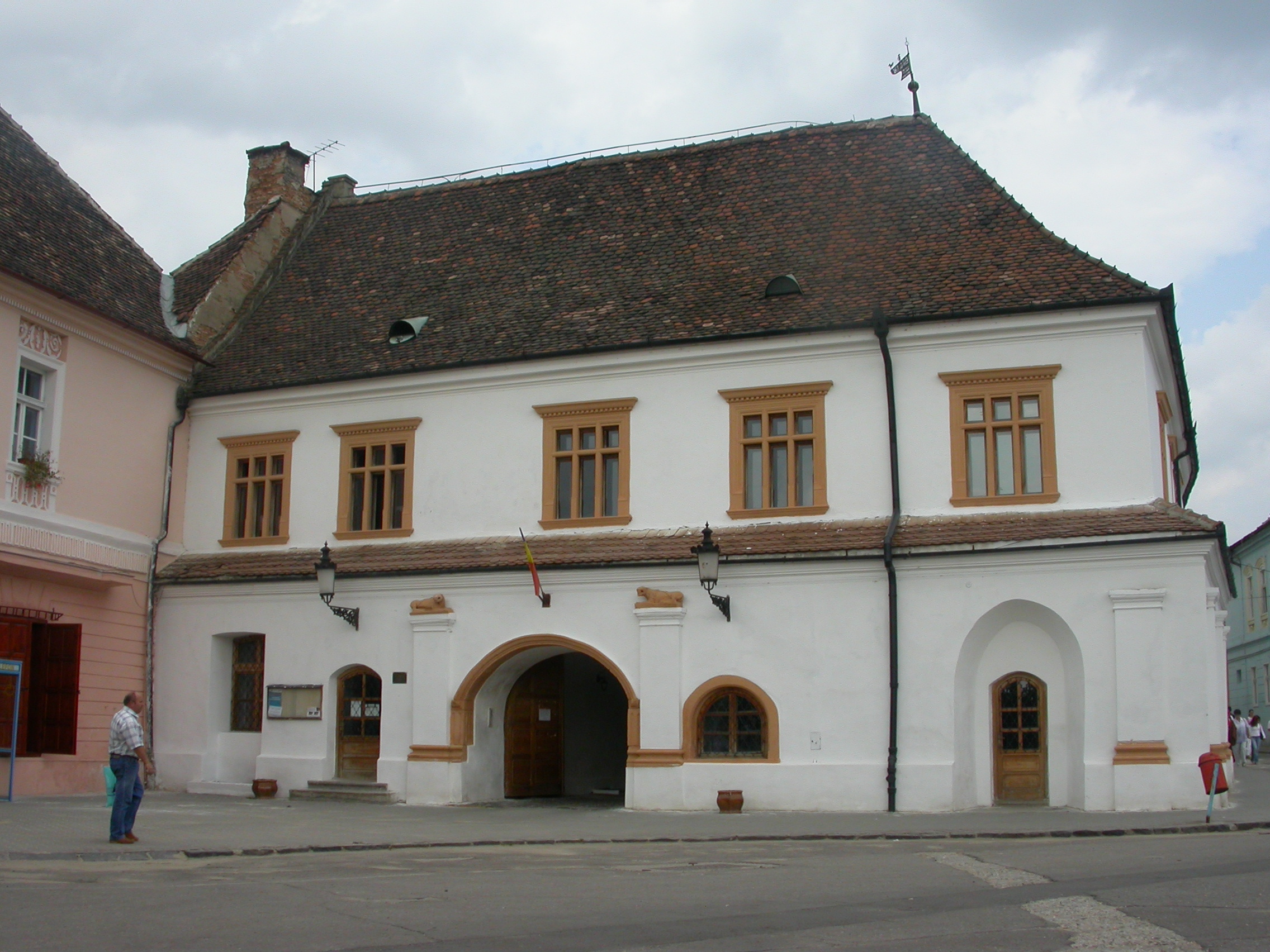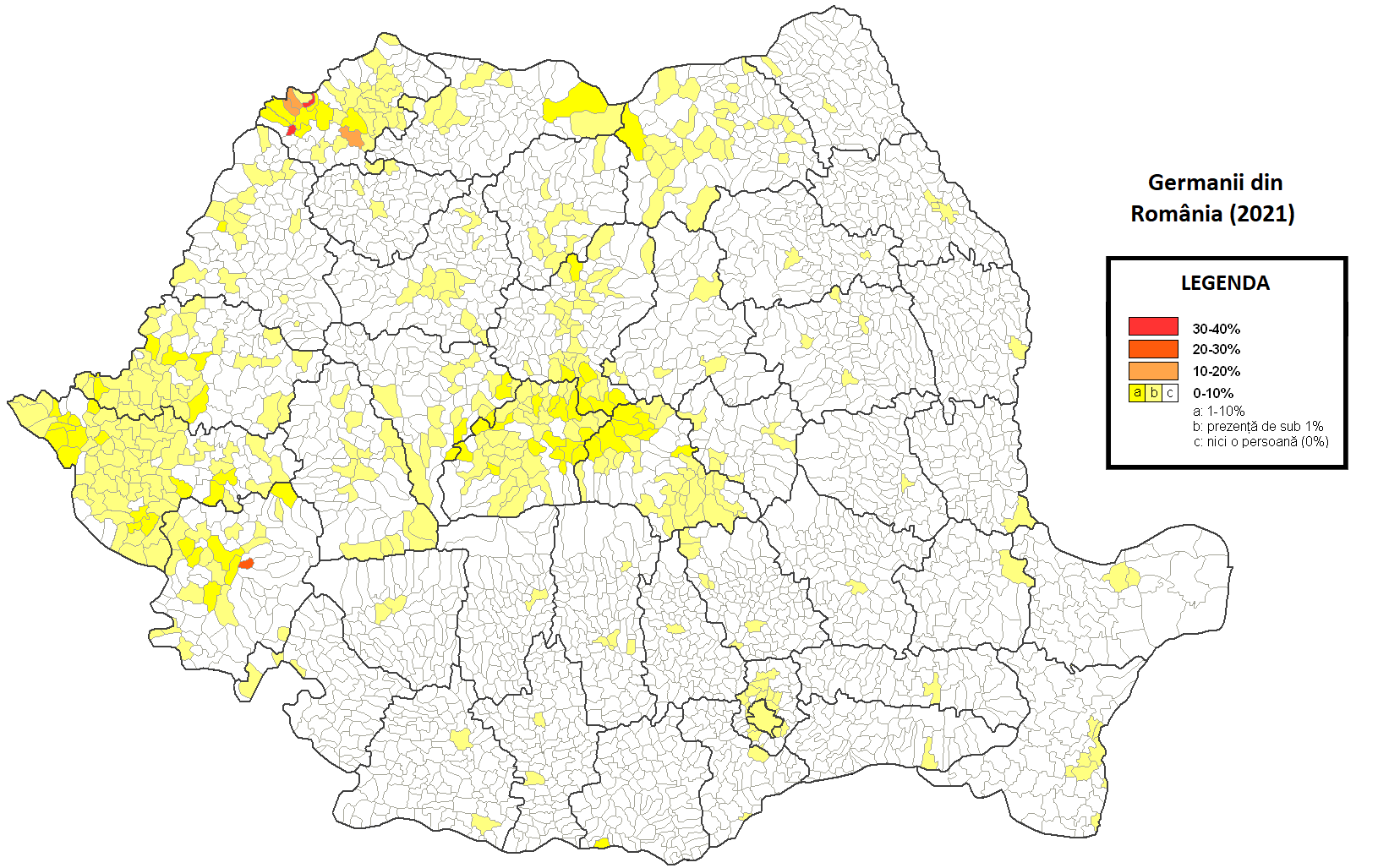|
Cămin
Cămin (, Hungarian pronunciation: ) is a commune located in Satu Mare County, Romania. It is composed of a single village, Cămin, part of Căpleni Commune until 2002, when it was split off. The commune is located in the western part of the county, just north of the city of Carei and about west of the county seat, Satu Mare. Situated close to the Hungarian border, Cămin belongs to the Carei metropolitan area. At the 2011 census, the commune had 1,388 inhabitants; of those, 64.5% were Hungarians, 22.5% Germans, 7.2% Roma, and 5% Romanians Romanians (, ; dated Endonym and exonym, exonym ''Vlachs'') are a Romance languages, Romance-speaking ethnic group and nation native to Central Europe, Central, Eastern Europe, Eastern, and Southeastern Europe. Sharing a Culture of Romania, .... At the 2021 census, Cămin had a population of 1,250, of which 51.52% were Hungarians, 30.24% Germans, 8.32% Roma, and 6.56% Romanians. Administration The current local council has th ... [...More Info...] [...Related Items...] OR: [Wikipedia] [Google] [Baidu] |
Democratic Forum Of Germans In Romania
The Democratic Forum of Germans in Romania (, DFDR; , FDGR; in short or ) is a political party (legally recognized as an association of public utility according to the governmental decision HG 599 as per 4 June 2008) organised on ethnic criteria representing the interests of the Germans of Romania, German minority in Romania. Initially, the FDGR/DFDR was a cultural association representing the culture of the German community in Romania, but it subsequently became a moderately successful local political party (especially amongst Romanian voters as well), most notably in parts of Transylvania (central Romania) and Banat (south-western Romania). Consequently, the counties where the FDGR/DFDR obtained the highest political scores in many local elections after 1989 are Sibiu County, Sibiu () and Timiș County, Timiș () respectively. History (1989–present) The forum was founded at the end of 1989, in the wake of the Romanian Revolution which culminated with the downfall of Nicola ... [...More Info...] [...Related Items...] OR: [Wikipedia] [Google] [Baidu] |
János Scheffler
János Scheffler (; 29 October 1887 – 6 December 1952) was a Hungarian-born Roman Catholic prelate who served as the bishop of two dioceses before acting as the Bishop of Oradea Mare. He was imprisoned due to opposing the Communist government policies and was killed while imprisoned. He had been noted during his episcopate for his attentiveness to vocations and for the defense of the faith from those forces that sought to disrupt it such as communism. His beatification took place in 2011. Life János Scheffler was born on 29 October 1887 in Kálmánd, Austria-Hungary (now Cămin, Romania) as the second of ten children. He became a Romanian citizen after the Treaty of Trianon granted the region to the Kingdom of Romania in 1920. His brother was Franz Scheffler (3 October 1894 - 29 October 1956). In 1897 he began to feel called to become a priest though did not begin an active pursuit of this dream until 1906 since he began his high school studies in 1898 with the Jesuits. I ... [...More Info...] [...Related Items...] OR: [Wikipedia] [Google] [Baidu] |
Satu Mare County
Satu Mare County (, , ) is a county (Counties of Romania, județ) of Romania, on the border with Hungary and Ukraine. The capital city is Satu Mare. Name In Hungarian language, Hungarian, it is known as ''Szatmár megye'', in German language, German as ''Kreis Sathmar'', in Ukrainian language, Ukrainian as Сату-Маре, and in Slovak language, Slovak as ''Satmárska župa''. Geography Satu Mare County has a total area of . In the north are the Oaș Mountains, part of the Eastern Carpathians. This makes up around 17% of the area. The remainder is hills, forming 20% of the area, and plains. The western part of the county takes up the Eastern part of the Pannonian Basin, Pannonian Plain. The county is crossed by the Someș (river), Someș River, the Tur (river), Tur River, and Crasna (Tisza), Crasna River. The county lies partly in the Maramureș, historical region of Maramureș and partly in the historical region of Crișana. Neighbours *Maramureș County in the East. *H ... [...More Info...] [...Related Items...] OR: [Wikipedia] [Google] [Baidu] |
Germans Of Romania
The Germans of Romania (; ; ) represent one of the most significant historical Minorities of Romania, ethnic minorities of Romania from the Modern era, modern period onwards. Throughout Kingdom of Romania#The interbellum years, the interwar period, the total number of ethnic Germans in the country amounted to as many as 800,000 (according to some sources and estimates dating to 1939, just on the verge of World War II), a figure which has subsequently drastically fallen to 36,000 (according to the 2011 Romanian census, 2011 census) and dropped even more to 22,900 (as per the 2021 Romanian census, postponed one year because of the COVID-19 pandemic in Romania, COVID-19 pandemic and conducted in 2022). Following the decreasing trend of the overall population of Romania, the German community of the country is expected to continue shrinking in numbers as well, as it has already been officially reported by the partial results of the 2021 Romanian census, 2021 census. Overview and ... [...More Info...] [...Related Items...] OR: [Wikipedia] [Google] [Baidu] |
Căpleni
Căpleni (, Hungarian pronunciation: ; ) is a commune of 4,349 inhabitants in Satu Mare County, Romania along the border with Hungary. It is composed of a single village, Căpleni, and also included the village of Cămin until 2002, when it was split off to form a separate commune. The commune is located in the western part of the county, on the bank of the Crasna River, at a distance of north of Carei and from the county seat, Satu Mare. Administration The current local council has the following political composition, based on the results of the votes cast at the 2024 Romanian local elections. Etymology The name "Căpleni" is the Romanian version of its Hungarian name, ''Kaplony'', which derives from an Old Turkic personal name meaning "tiger The tiger (''Panthera tigris'') is a large Felidae, cat and a member of the genus ''Panthera'' native to Asia. It has a powerful, muscular body with a large head and paws, a long tail and orange fur with black, mostly ve ... [...More Info...] [...Related Items...] OR: [Wikipedia] [Google] [Baidu] |
Carei
Carei (; , ; /, , ) is a municipiu, city in Satu Mare County, northwestern Romania, near the border with Hungary. The city administers one village, Ianculești (). Geography The municipality of Carei is situated in the north-west of Romania, away from Oradea. Carei is situated in the south-western part of Satu-Mare County, in a plain region, and it is away from the county seat, Satu-Mare. Communes that are near Carei include Căpleni, Urziceni, Satu Mare, Urziceni, Foieni, Sanislău, Petrești, Satu Mare, Petrești, Tiream, Căuaș, and Moftin. History The first mention of the city under the name of "Karul" dates from 1320, and as "Károly" in 1325, however, the city is known to have existed since 1264, as it was the domain of the Kaplon (genus), Kaplony clan and the center of the Károlyi family's personal domain that settled in the region shortly after the Hungarian conquest of the Carpathian Basin, arrival of the Hungarians. The name of the city comes from the word "karul ... [...More Info...] [...Related Items...] OR: [Wikipedia] [Google] [Baidu] |



